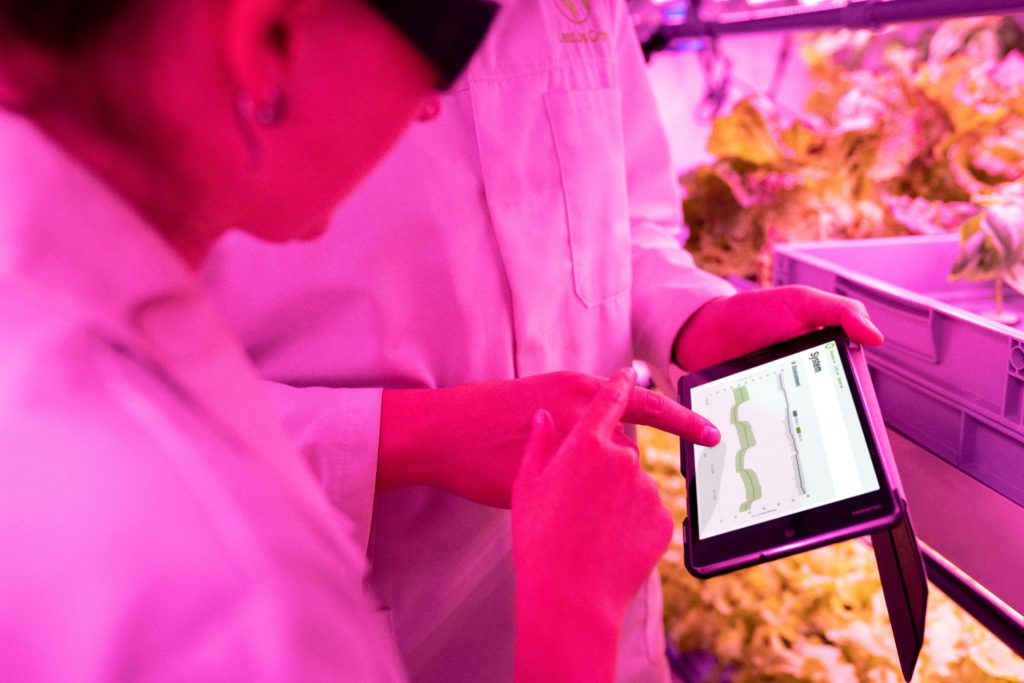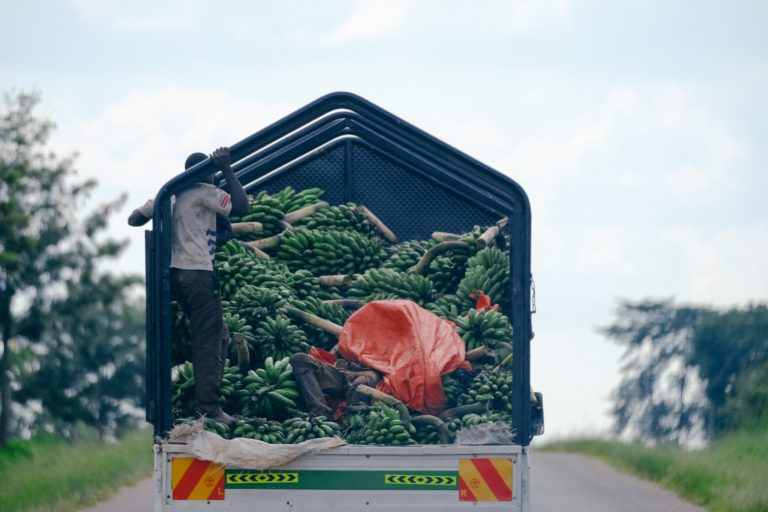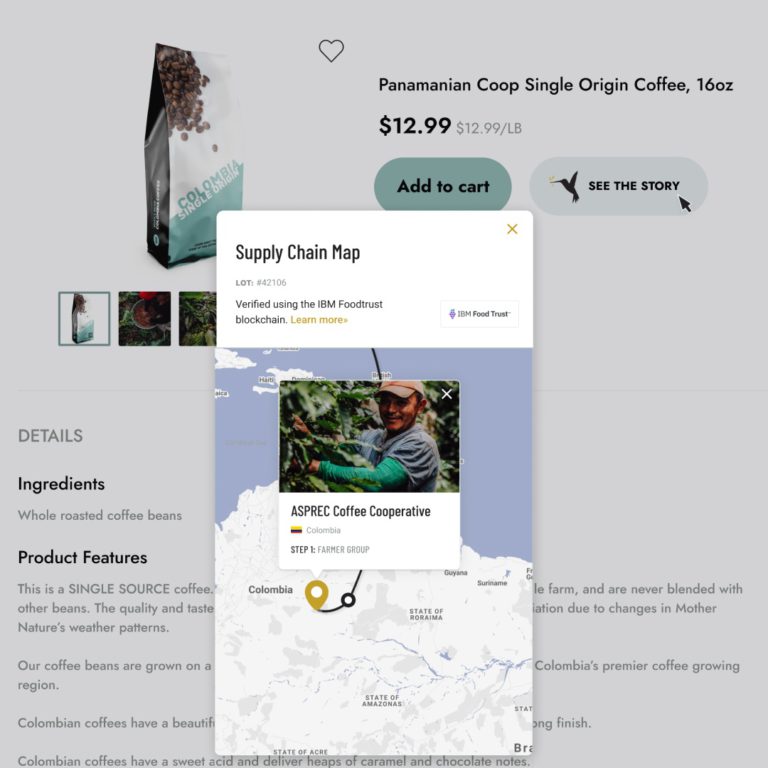Remote Work, Agriculture & the Food Industry
What Does the Remote Work Trend Mean for the Food Industry
Remote work has been growing increasingly popular and possible for years. Many people have the desire to work remotely, and plenty of companies are catching on. New research is emerging all the time, digging into the complexities of structure, routine, and productivity. In recent years, many people began fantasizing about and then living the digital nomad life. The shift to remote work has proven quick and effective, a survival strategy for many businesses. What does it mean for the food industry?

Enter the 2020 pandemic. Nowadays, everyone is remote, and hardly anyone is nomadic. The shift to remote work has proven quick and effective, a survival strategy for many businesses, brands, and corporations.
The Potential of Remote Work
Research shows that more than 20% of the workforce could work remotely three to five days a week as effectively as they could work from an office. These findings could mean up to four times as many people working from home than before the pandemic. If the remote work trend continues on the pandemic trajectory, it will have a profound impact on urban economies, transportation, and consumer spending.
Why is the shift toward remote work so significant? Previously, all jobs required people to live close to their place of work. Even nomadic hunter-gatherers had to go where the food was. Remote work is the first style of work that is location independent.
What Does Remote Work Mean for the Food Industry?
As we saw in the pandemic, growers, farm workers, and food industry workers immediately earned the label of essential workers. Essential work, which cannot be stopped for even a day, generally requires people to show up in person. However, we are now seeing that even some essential jobs in the agriculture and food industries can be digitized in some ways.
Working remotely in agriculture may be different than in most other industries, but the basic concept of avoiding in-person interactions is the same. Many farmers, growers, and producers are now interacting virtually with their employees, agronomists, and other advisors. Will these interactions revert to pre-COVID times once the pandemic is over? Not likely. At least, not completely. While workers in the field will continue to harvest crops, technology will continue to remain crucial as society and industry moves forward.

Tools & Processes for Remote Work in Agriculture
Another way that agricultural work has become remote is through the utilization of remote sensing tools. Satellite remote sensing is a valuable tool for agriculture. These tools provide detailed views of farmers’ land. Farmers learn valuable insights that help them decide on actions in the field. They easily create digital records to share with others, from one field or grower to the next. Remote sensing technology can provide recommendations for fertilization or crop protection. It also contributes to regional or even country-level data to help understand production levels.
Other remote functions in the agriculture industry include webinars by crop analysts to review global crop monitoring data and other educational offerings, meetings, and digitized forums for shared learning outside the field.

Remote from Field to Market
After the fields come the markets. Digitized shopping, while not new, has become ubiquitous in the 2020 landscape. Many brick and mortar stores can use technology to manage on-site functions. This kind of technology doesn’t create remote jobs, but rather eliminates positions filled by humans altogether. These kinds of trends raise questions about how much we can give over to technology, and if there will be other opportunities for work to fill these gaps.
Today, almost all shopping can be done online. The technology exists for products and information to move almost instantly around communities, countries, and the globe, which means it is also possible to know exactly where our products come from and what processes are used. Will we use our technological capacity to create better transparency?
The remote work trend will clearly continue even in the post-pandemic world. Essential jobs, even if we stop paying attention to them once again, will continue to be essential. And technology will continue to create opportunities faster than we can process them. The important thing is that we keep asking critical questions and moving with integrity as we work in new ways.


